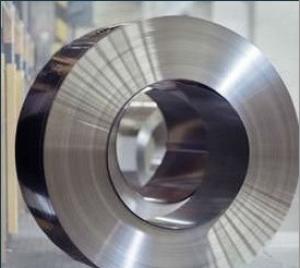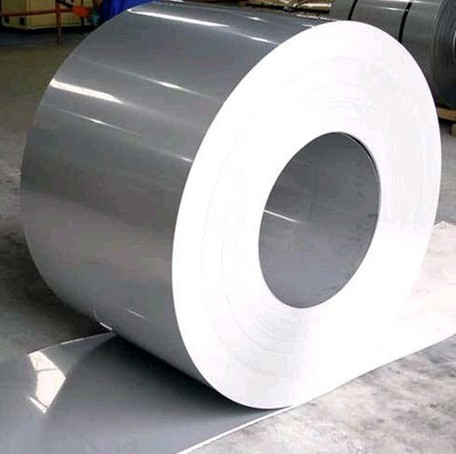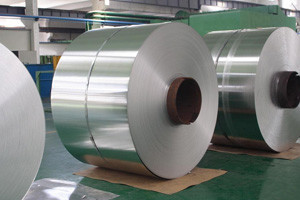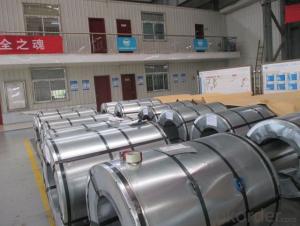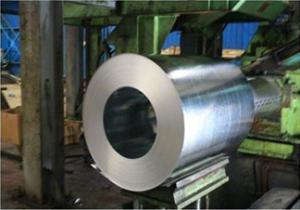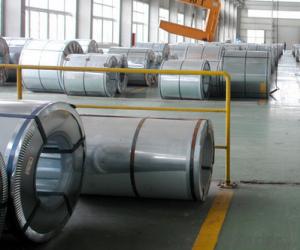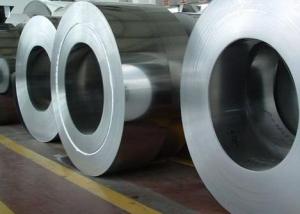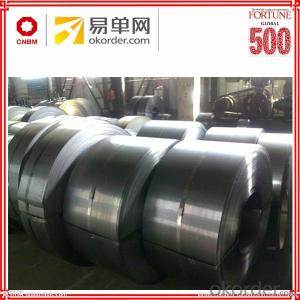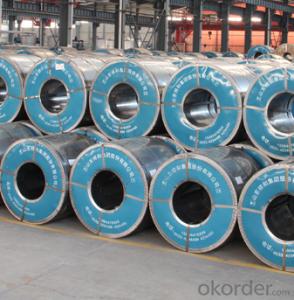JISCO stainless steel coil
OKorder Service Pledge
OKorder Financial Service
You Might Also Like
stainless steel coil
Stainless steel is a production which not easy rust,acid resistance and corrosion resistance,so it is widely used in light industry,heavy industry,daily necessities and the decoration industry.my company long term supply stainless steel porducts including:stainless steel sheet,stainless steel coil and stainless steel tube.
Article | stainless steel coil |
Specification | 1m 1.219m 1.5m or as your requirement |
Surface | 2B NO.1 BA Hairline 4K 6K 8K No.3 No.4 |
Type | coil |
Thickness | 0.3-3mm |
Brand | TISCO JISCO LISCO and so on |
Application | Foodstuff,gas,biology,metallurgy,electron,chemical,petroleum,boiler,nuclear energy, equipment fertilizeretc and so on |
Parking | Waterproof paper, steel strip packed, wooden case,or as customers's requirement |
Payment | Small quantity (within total $20000.00) T/T at sight, 30% in advance , 70% after receiving the B/L Large quantity : L/C at sight |
container size | 20ft GP:5898mm(Length)x2352mm(Width)x2393mm(High) |
Delivery Time | 15 days after received the deposit of T/T or L/C |
Note | We can produce other standard as the customers’s requirement |
A series of pictures
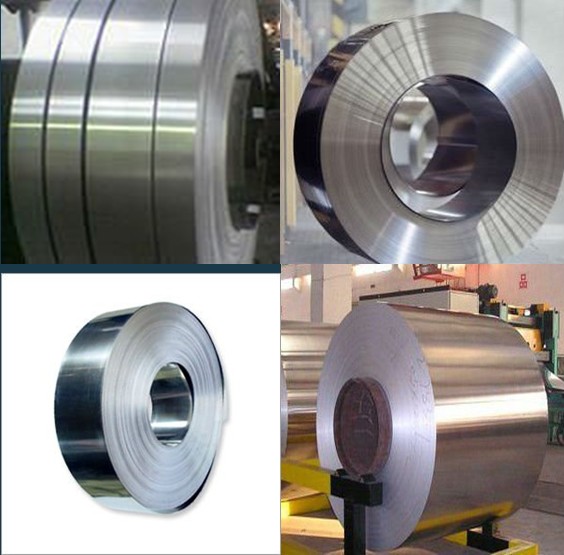
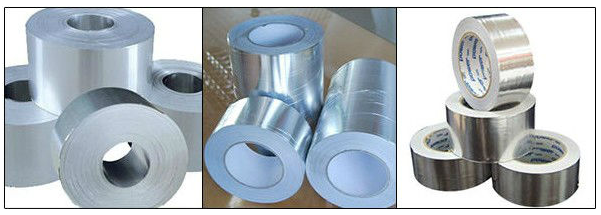
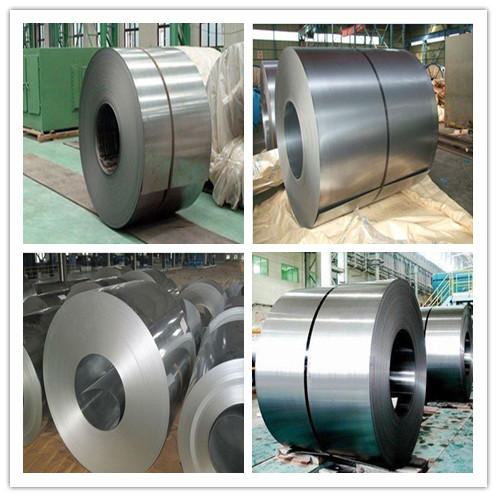
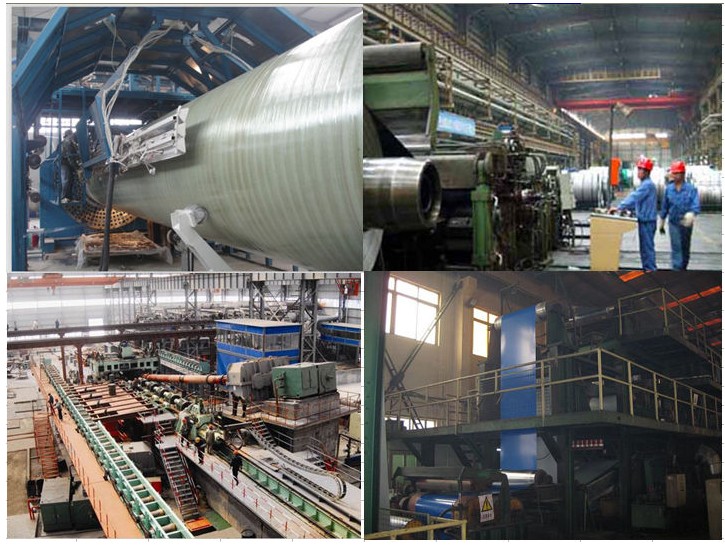
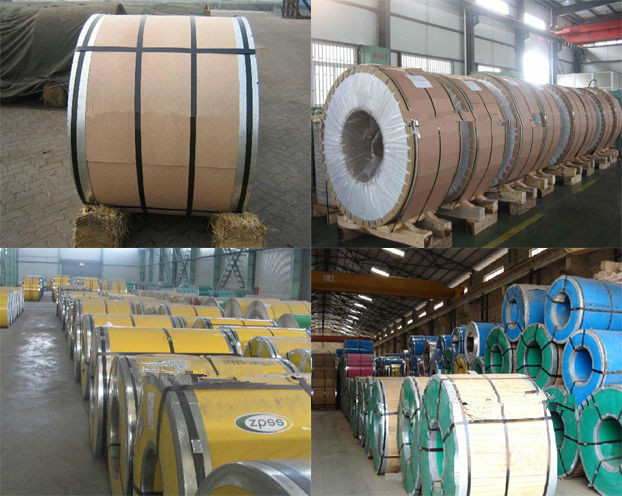

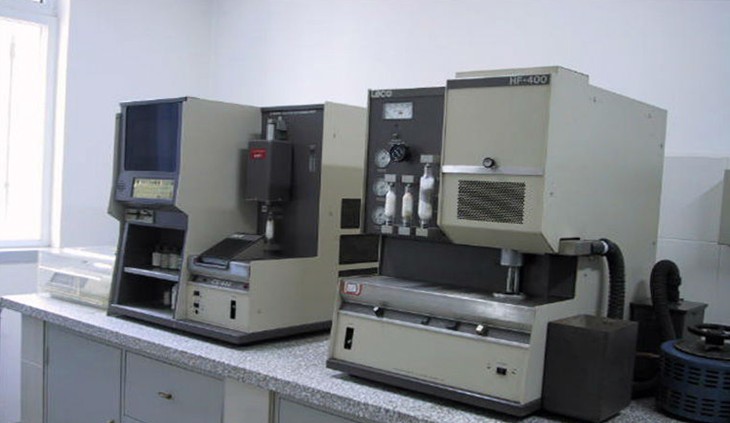
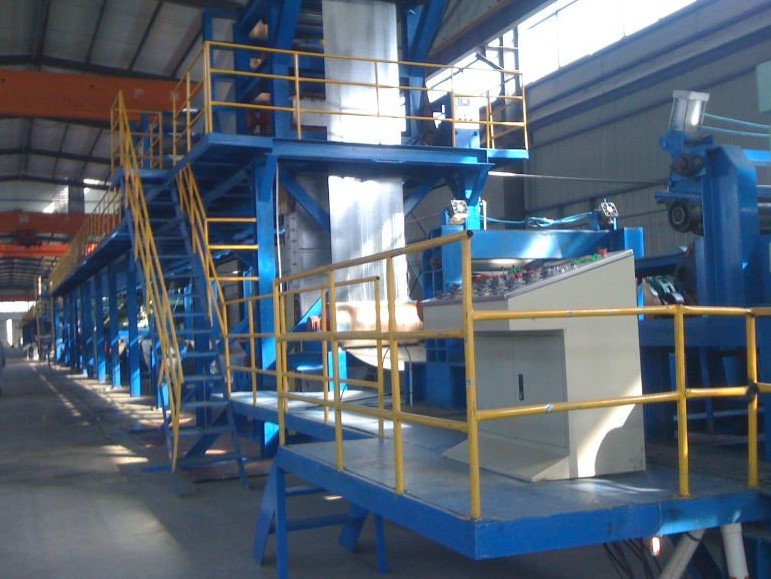
- Q: Is it just because brass is reloadable? But what makes it reloadable? What does brass bring to the equation that the steel cased ammo can't do?
- Brass is slightly softer than annealed steel. Both can be reloaded, once or maybe even twice. But STEEL has a tendency to WORK HARDEN, becoming brittle. Which is why it's used for tools and other applications where work hardening is a plus. It's actually designed to do that. Brass does not work harden, because it is a different sort of metal. That's the main reason.
- Q: Are steel buildings more durable than concrete building?
- Not necessarily as most concrete buildings are steel re-inforced anyway. As for durable, if talking time based, no, because steel will corrode and concrete will not. The good thing about concrete is that it has good load bearing capability over wide spans whereas steel will bend unless properly supported. Concrete is cheaper also....
- Q: I want to experiment with making steel and want to especially make it stronger. And also I want to know if its possible to turn a meteorite into steel?
- If you're looking to make steel stronger, I can suggest 2 things: 1. If you're actually smithing the steel yourself, and forging it from hot liquid metal, then if you can get ahold of some Carbon (i have no idea where you can get some), you can add it to the molten steel to make it stronger. Sword Smiths did it all the time back in the Dark Ages. (you'll have to look up the exact Science and Process of how to do it) 2. There's a treatment for steel called Tempering. If you Temper the steel, it makes it stronger. You do this by 1st Forging what you're making. In this case, I'll use a sword. Take the Sword and re-heat it (i dont know the exact temperature) until it glows-hot. You can use a blast furnace, a campfire, or any other extreme-source of heat. Some companies use molten Salt - yes, the Condement, and dip the sword in it until it's glowing-hot. Now you have to super-cool it. This is simple, all you need is Ice water. Submerge the Sword in it, until it's cool to the touch. Now toss the Sword back into your source of extreme Heat. Get it glowing hot, and then take the sowrd out. Set it aside, and let it cool naturally. Once it's cooled, it's TEMPERED, and alot stronger. NOTE: If you stop at the ICE-WATER stage, you'll only succeed in making your Sword BRITTLE. You MUST Continue the Process once Started. - Hope this helps.
- Q: What are the challenges in coil slitting for thin gauge materials?
- Successfully operating coil slitting for thin gauge materials involves addressing a specific set of challenges. One major challenge is ensuring the proper handling and stability of the thin gauge material. The material's susceptibility to deformation, wrinkling, or tearing increases as it becomes thinner. To tackle this, careful attention must be given to the handling equipment and techniques used during the slitting process. This is necessary to maintain the appropriate tension and support throughout the operation. Another challenge is maintaining consistent and precise slitting widths. Thin gauge materials are often used in applications where accuracy is crucial, such as electronic components or automotive parts. Any variation in the slitting width can cause functional defects or assembly problems. Achieving precise slitting widths in thin gauge materials requires the use of high-quality slitting knives, well-maintained slitting machinery, and accurate tension control systems. In addition, thin gauge materials are more prone to surface defects, such as scratches or burrs, during the slitting process. These defects can impact the material's appearance, performance, or even its safety. To minimize the occurrence of surface defects, it is important to carefully select slitting knives and regularly maintain the slitting machinery. Furthermore, thin gauge materials often possess a higher yield strength, making them more resistant to deformation. This poses a challenge when it comes to achieving clean and straight edges during the slitting process. Special considerations must be taken to ensure that the slitting knives are sharp and properly aligned, allowing for clean cuts without introducing any edge defects. Lastly, thin gauge materials are generally more sensitive to external factors such as temperature, humidity, or static electricity. These factors can affect the material's dimensional stability, resulting in variations in slitting width or other quality issues. Therefore, it is crucial to establish appropriate environmental conditions and implement effective anti-static measures to minimize the impact of these factors. To summarize, the challenges associated with coil slitting for thin gauge materials revolve around handling and stability, maintaining precise slitting widths, minimizing surface defects, achieving clean and straight edges, and mitigating the influence of external factors. Overcoming these challenges requires a combination of suitable equipment, techniques, and operational controls to ensure high-quality slitting outcomes.
- Q: How are steel coils used in the production of bridges and infrastructure?
- Steel coils are an essential component in the production of bridges and infrastructure. These coils are made from steel, which is a strong and durable material that can withstand heavy loads and harsh environmental conditions. In bridge construction, steel coils are used to manufacture the structural components such as beams, girders, and columns. These components provide the necessary strength and support to the bridge, allowing it to carry the weight of vehicles, pedestrians, and other loads. Steel coils are rolled into the desired shape, cut to the required length, and then welded or bolted together to create these structural elements. Additionally, steel coils are also used in the fabrication of bridge decks, which are the roadways or walkways on the bridge. These coils are processed to form steel plates, which are then assembled and secured onto the bridge structure. The steel plates provide a smooth and durable surface for vehicles and pedestrians to travel on. In terms of infrastructure, steel coils play a vital role in the construction of various structures such as buildings, stadiums, and industrial facilities. They are used to fabricate the primary support systems, including columns, beams, and trusses, which provide the necessary strength and stability to these structures. Steel coils are also used to create roofing and cladding systems, ensuring protection against weather elements and enhancing the overall aesthetics of the infrastructure. Furthermore, steel coils are often used in the production of reinforcing bars, commonly known as rebar. Rebar is essential for reinforcing concrete structures such as foundations, walls, and slabs. These coils are processed into various sizes and shapes, and then embedded within the concrete to increase its tensile strength and prevent cracking or collapsing under heavy loads. Overall, steel coils are a critical component in the production of bridges and infrastructure. Their strength, durability, and versatility make them an ideal material for constructing safe and reliable structures that can withstand the test of time.
- Q: would you consider steel a flexible substance...i am debating this with my coworkers.Thanks,
- Yes, looking at it from an engineering standpoint. Depending on it's shape it can be used for many applications where flexibility is important. Steel springs for example, or guitar strings. Whenever you're debating these kinds of matters, it is important to keep in mind that the use of a material depends on the shape, the size and the weight it's going to be used in. A big block of steel will be used in a different manner as a piece of steel wire.
- Q: What are the main properties of steel coils?
- Steel coils have several main properties that make them highly desirable for a wide range of applications. Firstly, steel coils are known for their exceptional strength and durability. They have a high tensile strength, meaning they can withstand heavy loads and resist deformation. This makes steel coils ideal for applications that require structural integrity and reliability. Secondly, steel coils are highly resistant to corrosion. They have a natural ability to form a protective oxide layer on their surface, which prevents rust and other forms of corrosion. This property makes steel coils suitable for outdoor applications or environments with high humidity or exposure to chemicals. Additionally, steel coils have excellent thermal conductivity, allowing them to efficiently transfer heat. This property makes them commonly used in heating and cooling systems, as well as in the production of various appliances and machinery. Furthermore, steel coils have good formability, meaning they can be easily shaped or bent into different forms without losing their strength. This property makes them versatile and adaptable for various manufacturing processes, such as stamping, rolling, or welding. Lastly, steel coils are available in a wide range of grades and thicknesses, allowing for customization based on specific application requirements. This versatility makes steel coils suitable for a diverse range of industries, including automotive, construction, manufacturing, and energy. Overall, the main properties of steel coils include strength, durability, corrosion resistance, thermal conductivity, formability, and versatility. These properties make steel coils a popular and reliable choice for a multitude of applications.
- Q: Cooling bed generally a part of the steel rolling mills
- Another type of cooling bed is used for square stock. It consists of several beams with angles cut upward from the bottom. The beams move in alternating fashion so that the square beam is lifted and sat into the next 'tooth'. The angle is cut so that the beam rotates as it is set down. This keeps the stock straight while it cools.
- Q: How are steel coils inspected for uniformity?
- Steel coils are inspected for uniformity through a series of visual and mechanical tests. Firstly, the external appearance of the coil is examined to ensure it is free from any visible defects such as dents, scratches, or rust. This is important as it ensures the coil's overall integrity and prevents potential issues during further processing. Next, the thickness of the coil is measured at various points using non-destructive testing techniques like ultrasonic or magnetic particle inspection. This helps identify any variations in thickness, which could affect the coil's overall quality and performance. Additionally, the width of the coil is measured using precision instruments to check for any deviations from the required specifications. This ensures that the coil is within the desired width range, which is crucial for compatibility with downstream processes and applications. Furthermore, the weight of the coil is measured to verify if it falls within the specified range. This is typically done using weighing scales or load cells, ensuring that the weight is consistent and meets the required standards. In terms of internal inspection, steel coils are sometimes subjected to eddy current testing, a non-destructive method that detects surface and near-surface defects. This technique uses electromagnetic induction to identify any irregularities in the metal, enabling the identification of defects such as cracks, voids, or inclusions. Overall, a combination of visual inspections, thickness measurements, width checks, weight verification, and internal testing methods ensures that steel coils are thoroughly inspected for uniformity. These rigorous inspection processes help guarantee the quality and reliability of the coils, allowing them to meet the industry standards and customer requirements.
- Q: i heard steel type is good and i don't have any i have defeated all the trainers up to the icicle badge (i have got the icicle badge but not the one after) where can i get one?
- you can get a steelix at the cave just before the elite four. but if you have wifi, you can trade for one.
Send your message to us
JISCO stainless steel coil
OKorder Service Pledge
OKorder Financial Service
Similar products
Hot products
Hot Searches
Related keywords
